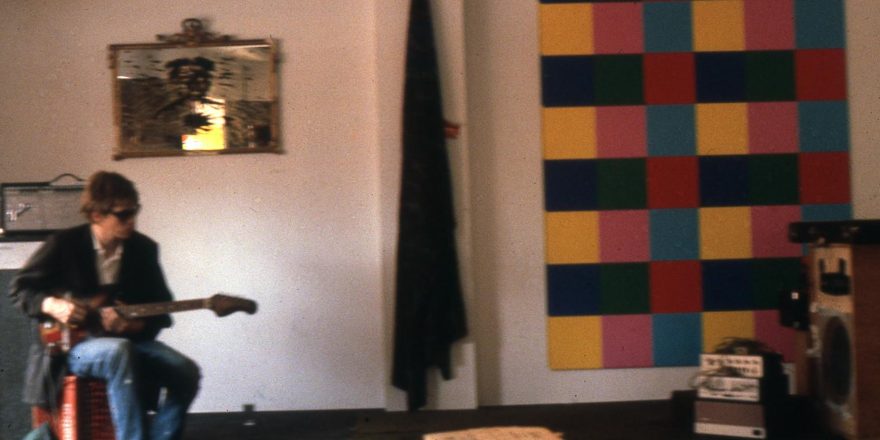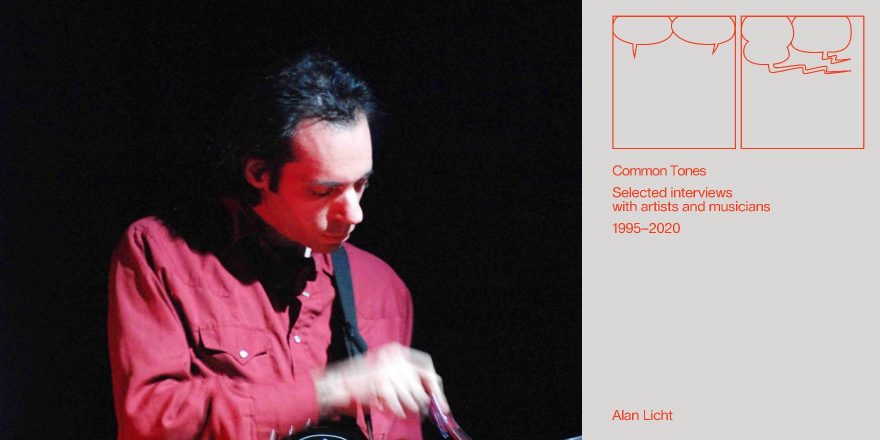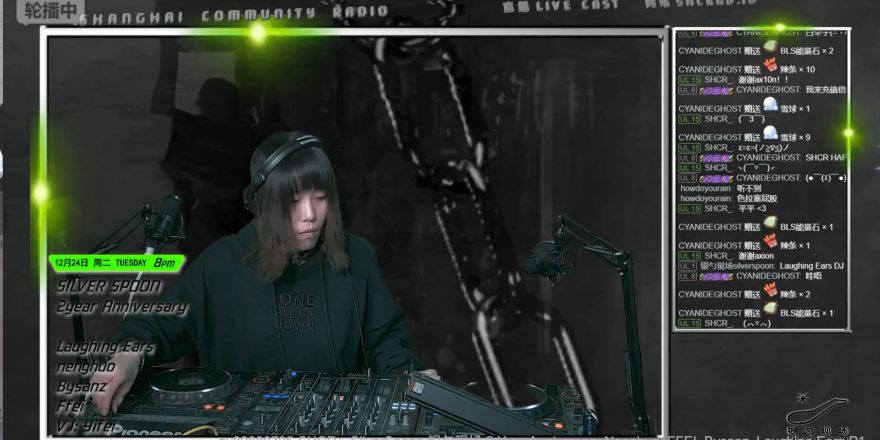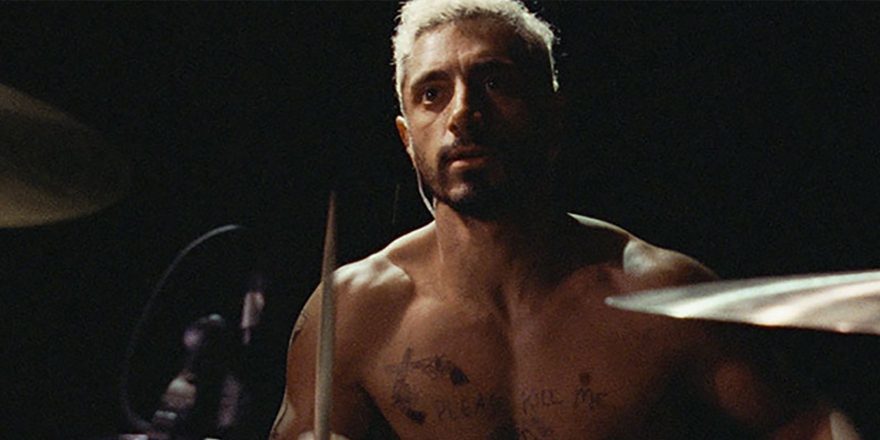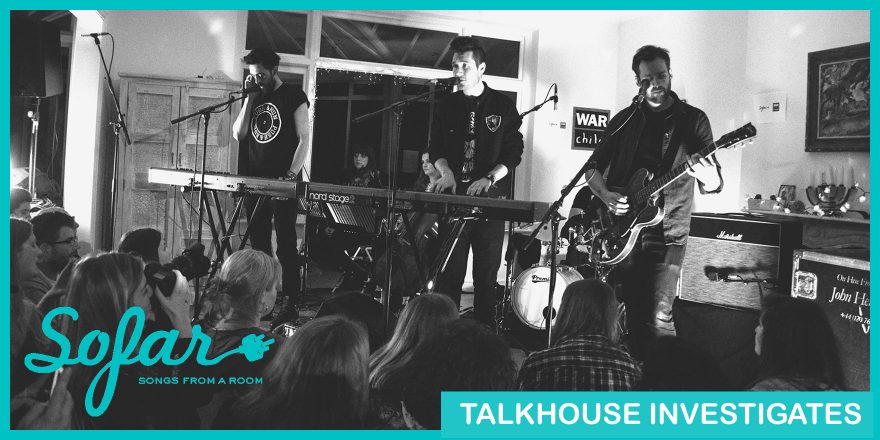There were a number of burgeoning movements coalescing in the years represented by the Museum of the City of New York’s exhibit “New York, New Music 1980-1986. The show catalogs the sources and various tributaries of the city’s music culture through a collection of 14 discrete events; there are concerts, festivals, the occasional art exhibit and even a television pilot.
There is enough tiresome attention paid to NYC punk from the ‘70s, so when Sean Corcoran — curator of prints and photographs at the Museum of the City of New York — first started exploring the idea of a show about New York punk, he was reminded that a number of other city museums had already used it as a template. The Metropolitan Museum presented “Chaos to Couture” in 2013, which examined the punk rock roots of fashion trends. The Museum of Sex put on “Punk Lust” in 2019, about transgressive and experimental sexuality in punk and hardcore. But there was more music to explore from the largest, most-diverse city in the US.
Will Hermes had tried and mostly succeeded in his 2011 book, Love Goes to Buildings on Fire: a broad overview of NYC music from 1973-1977. “New York, New Music 1980-1986,” is its cross-medium progeny. It’s an exhibit that packs a ton into its diminutive footprint, tucked into a corner of the third Floor of the Harlem museum. It’s so crammed that the exhibit gamely uses the hallway as a kind of prehistory birth canal into the bulk of the exhibit. At the entrance to the main room of the show, a video screen loops a sampling of videos and live performances from the exhibit, like Madonna at the MTV Music Awards, Rapture by Blondie, a clip of Kid Creole and the Coconuts, Herbie Hancock’s “Rockit” video replete with Jim Whiting’s disturbing animatronic sculptures, a live clip of James Chance backed by a mesmerizing, yelping, unidentified female vocalist (no one at the museum could tell me who she was) and others. The subtext seems that what was on the edge of commercial enterprises in the ‘70s — Suicide and Punk, No Wave, Hip Hop, Loft Jazz, Disco — fed into the juggernaut of MTV.
The network, which turned 40 while I wrote this piece, has a kind of vestigial presence in the show. Its anniversary was one impetus for the exhibit, and its history shares space with the groundbreaking cultural events on display. Whether the MTV video screens and wall of photos and ephemera completely grooves with the far reaches of NYC musical culture this exhibit highlights is less clear. It’s the commercialization of something local and homegrown, certainly. But perhaps unwittingly, this relentless, brief video loop at the end of the hallway swallows and soaks the prehistory and made me feel harried and concerned about the show.
But I shouldn’t have worried. The exhibit reveals the giant mass beneath the MTV iceberg. Some of the events the show centers already had retrospective significance, like the Beyond Words graffiti show at the Mudd Club which set the stage for a meeting between the Bronx hip hop scene and the downtown music world, and the White Columns nine-day Noise Fest — curated by Thurston Moore, that included performances by Sonic Youth, Rhys Chatham, Glenn Branca, and Borbetomagus (whose name is misspelled in the displayed flier). There are other highlights: Madonna’s 1982 debut performance at Danceteria opening for A Certain Ratio, and Jerry González and the Fort Apache Band’s 1985 (into 1986) New Year’s performance at Mikell’s Jazz Club.
While this era feels remote at times, lots of the folks who performed these shows are still with us. I was curious if some people I’ve played with over the years remembered the White Columns Noise Fest. Jim Sauter from Borbetomagus and Rhys Chatham did not have many clear memories from the shows, but Lee Ranaldo of Sonic Youth did: “It was a beautiful June summer. Everybody in the scene came out and hung out every night. In fact, the day after Noise Fest closed, while they were carrying out the PA, [a new version of Sonic Youth] was rehearsing in the gallery that evening. It was the beginning of my time with the band. Noise Fest was an amazing community building event. After the fest, the amount of local musicians I knew grew 10 fold.” Ranaldo was not yet in the band, but performed with a few groups during the run, and had a piece of art in the show. Turns out that Kim Gordon approached Lee at Noise Fest and suggested that he and Thurston would work well together.
The other events in the show act as gravitational centerpieces, highlighting hosts of performers, key spaces, and scenes — each of the 14 events allow the viewer to pause on a different facet of the city’s cultural wealth. In addition to the ephemera, fliers, articles, photos and instruments, there are reams of rare performance videos. Most of the show’s video footage can’t be found online, so you must go. But there’s a caveat: the footage is great, but some info is scant, and the sound is frustrating. The original archival material came with incomplete notes about performers featured and songs played, and because the small space can’t support multiple loudspeakers going on at once, the sound is quiet. That means the video performances exist under a surreal gauze. The images are projected near-life size, and clearly the original sound is decent — but the program could have benefited from a few theater screenings at a blistering volume. I had to stand next to a speaker to register the music, and since it’s a stereo signal and the speakers are set on opposite sides of a large screen, I had to listen to one half of the audio. But even that is plenty— just like that DIY basement show you went to before the pandemic, it’s all part of the experience… good, bad, and compromised. To see a vintage ESG performance of “UFO” is worth admission alone, and there are plenty of video boxes spread throughout the show with built-in headphones that you can turn up.
This show was conceived and executed in about a year, during the pandemic, so there was little access to in-person archives. That doesn’t come across in the show — it’s creatively compiled, leaning on an archive of the local, defunct music paper, NY Rocker to great effect. Reading the displayed articles at the show brought into relief the paucity of our live music coverage now, and clarified what is at stake for our current historical moment.
One of the performances highlighted was the inaugural BAM Next Wave festival that featured Laurie Anderson’s United States — a wildly ambitious eight hour performance that she likened to a “talking opera.” She wrote in her retrospective book, Stories from the Nerve Bible, “One of my work methods is to turn on all the equipment in my loft and just move around and see what happens.” I can imagine an artist, musician, composer, poet wandering into this show — with the myriad video boxes, projections, fliers, photos and clothing/ephemera — just to see what happens. It’s dizzying. It is impossible to comprehend, even to someone who might think they have some kind of handle on music in the city during this time frame. Run and experience it before it comes down in June 2022.
(Photo Credit: White Columns)



